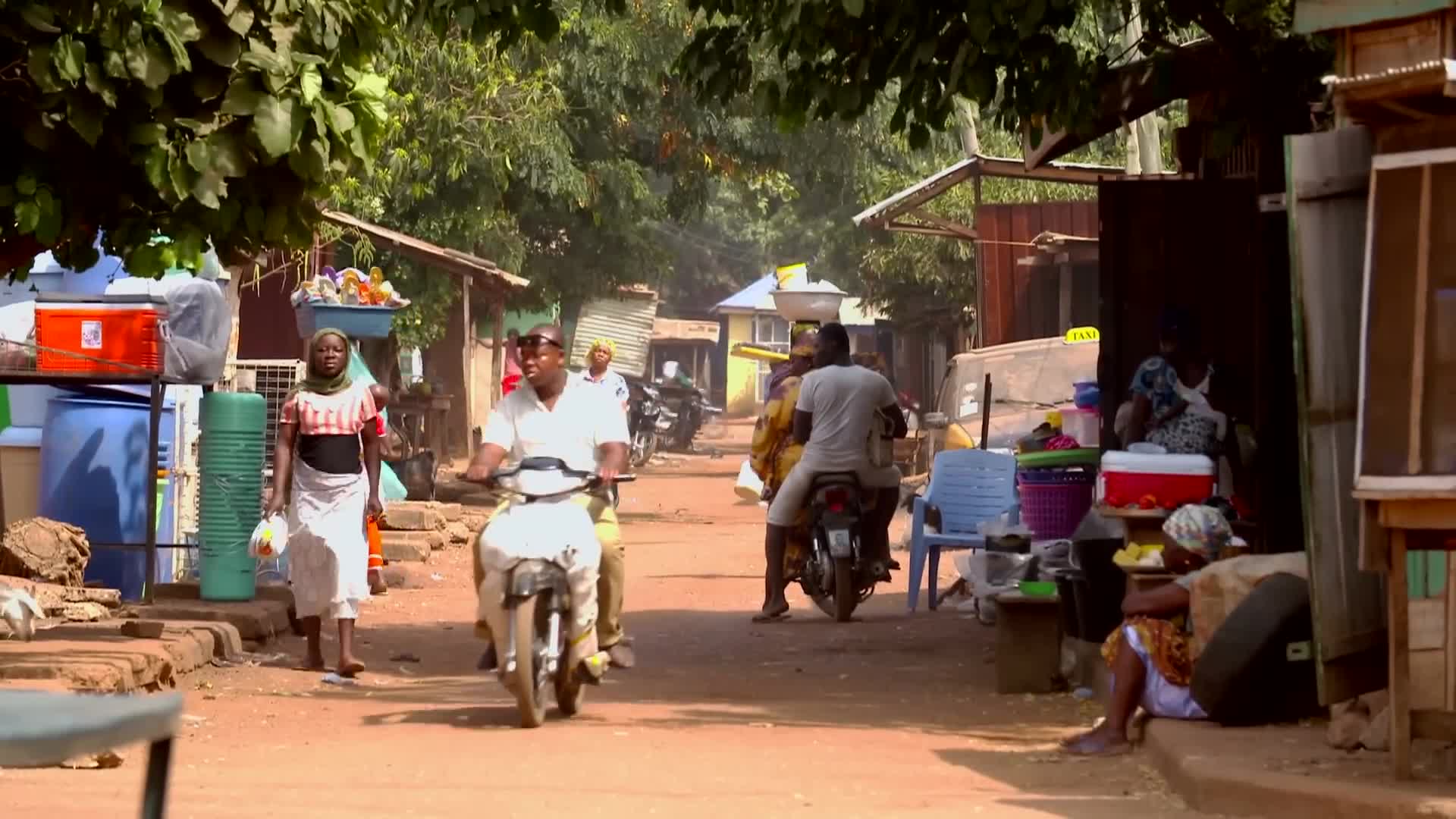Economic Inequality
Economic inequality refers to the uneven distribution of income, wealth, and resources among individuals or groups within society. It encompasses a variety of disparities, including income inequality, the wealth gap, and economic disparity, which are perpetuated by factors such as education, race, gender, and economic policies. Recent trends indicate that a significant portion of the global population, particularly the top 1% and 0.1%, captures an increasing share of global wealth, engendering profound consequences for social cohesion and economic growth. Despite some nations making strides to lessen inequality between them, the internal inequality within many countries is on the rise, signaling the need for urgent policy interventions to address these challenges effectively. The importance of understanding economic inequality has never been greater, especially in the context of evidence showing that excessive wealth gaps can lead to social unrest, political polarization, and diminished trust in institutions. Studies indicate that two-thirds of the world’s population resides in areas experiencing heightened income inequality, highlighting how technological advancements and globalization often favor wealth accumulation among the richest, ultimately impacting middle and low-income groups. A focus on addressing economic disparities is crucial, as failing to do so can undermine societal progress and exacerbate social divides. Policymakers are being called to action to create more equitable systems through progressive taxation, improved access to education, and robust social safety nets, in hopes of fostering inclusive growth amid a rapidly changing global landscape.
How does Africa's geography hinder trade and economic development?
Africa's unique elevation profile creates significant barriers to trade. Unlike Europe, most of Africa features high plateaus that rapidly descend to sea level near the coasts, forming steep escarpments. These create narrow coastal plains (often just dozens of kilometers wide) with limited hinterlands for development. Additionally, Africa lacks navigable rivers connecting to oceans, eliminating possibilities for maritime riverine trade between the interior and global markets. This geographical isolation, combined with few natural harbors, has historically prevented efficient trade connections and contributed substantially to the continent's economic challenges.
Watch clip answer (01:33m)Why does the Democratic Republic of the Congo (DRC) experience such extreme poverty despite its vast mineral wealth?
The DRC's poverty stems from two major factors. First, its brutal colonial history under Belgian rule, which pillaged resources and brutalized the population for nearly a century, creating lasting legacies that continue to impact development. Second, the country's challenging natural geography severely constrains economic growth and trade. Despite possessing mineral reserves worth approximately $24 trillion including cobalt, coltan, copper, gold, diamonds, and lithium, the DRC has a nominal GDP per capita of just $702—the 11th lowest globally. This stark contrast between extreme wealth and poverty illustrates how historical exploitation and geographical constraints have trapped the second-largest country in Africa in chronic underdevelopment.
Watch clip answer (01:56m)How has the geography of Africa contributed to the continent's chronic poverty?
The geography of Africa has severely handicapped its development throughout history, acting as a major contributor to the continent's chronic poverty. Geographical barriers such as extensive deserts, non-navigable rivers, and lack of natural harbors have created significant obstacles to trade and economic growth. These geographical limitations have held back Africa's peoples for generations, from ancient times through the present day. Despite being rich in natural resources, these geographical constraints, combined with historical challenges like colonialism and corruption, have created persistent socioeconomic difficulties that continue to impact development across the continent.
Watch clip answer (00:21m)What are the key variables that measure the development disparity between northern and southern Italy?
Two crucial variables measuring the north-south divide in Italy are Human Development Index (HDI) scores and GDP per capita. The HDI, measured on a 0-1 scale by the United Nations, considers healthcare access, education, income levels, and living conditions. Maps show a clear gradient: the further south you go in Italy, the lower the development becomes. While southern regions like Calabria and Sicily score around 0.859, which appears underdeveloped by Western European standards, these scores remain relatively high globally, comparable to Argentina, Chile, or Turkey, and above the global average.
Watch clip answer (01:18m)What is the major divide in Italy and how is it visible?
Italy stands as Europe's most heavily divided country between its northern and southern regions. This division is clearly visible across multiple factors. Population density maps show significantly closer major population centers in the north compared to the south. Infrastructure development follows the same pattern, with northern Italy featuring a much denser network of modern highways and transportation systems than the southern half. This north-south divide creates stark differences in economic development, accessibility, and connectivity throughout the country. No matter what kind of geographical or infrastructural map is examined, Italy consistently displays this sharp regional contrast that has profound implications for the country's socioeconomic landscape.
Watch clip answer (00:29m)What are the key economic disparities between northern and southern Italy?
According to former Prime Minister Mario Draghi, southern Italy represents the largest underdeveloped region in the eurozone, with stark economic contrasts compared to the north. Southern regions like Calabria and Sicily have GDP per capita levels comparable to Uruguay and Greece, while northern regions like Lombardy and Trentino boast higher GDP per capita than Germany and the UK. The disparity extends dramatically to employment, with southern regions experiencing unemployment rates exceeding 16% - four times higher than northern regions like Lombardy and Veneto, and comparable to geopolitically troubled areas like Kosovo or Libya.
Watch clip answer (01:21m)



